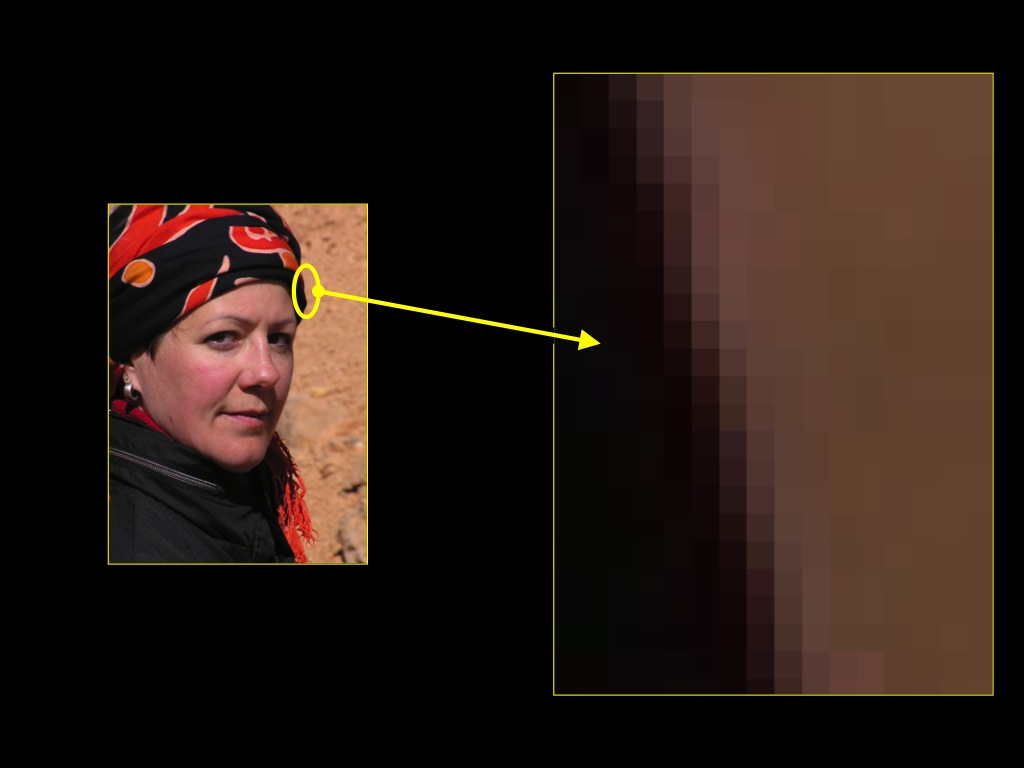‘Just as humans are endowed with multiple, specialized perceptual systems, so we are endowed with multiple systems for representing and
reasoning about entities of different kinds.’
Carey and Spelke, 1996 p. 517

‘core systems are
- largely innate
- encapsulated
- unchanging
- arising from phylogenetically old systems
- built upon the output of innate perceptual analyzers’
(Carey and Spelke 1996: 520)
representational format: iconic (Carey 2009)
What do people say core knowledge is?
\subsection{Two-part definition}
There are two parts to a good definition. The first is an analogy that
helps us get a fix on what we is meant by 'system' generally. (The second
part tells us which systems are core systems by listing their
characteristic features.)
‘Just as humans are endowed with multiple, specialized perceptual systems,
so we are endowed with multiple systems for representing and reasoning
about entities of different kinds.’
\citep[p.\ 517]{Carey:1996hl}
So talk of core knowledge is somehow supposed to latch onto the idea of a system.
What do these authors mean by talking about 'specialized perceptual systems'?
They talk about things like perceiving colour, depth or melodies.
Now, as we saw when talking about categorical perception of colour, we can think of the 'system' underlying categorical perception as largely separate from other cognitive systems--- we saw that they could be knocked out by verbal interference, for example.
So the idea is that core knowledge somehow involves a system that is separable from other cognitive mechanisms.
As Carey rather grandly puts it, understanding core knowledge will involve understanding something about 'the architecture of the mind'.
Illustration: edge detection.
‘core systems are:
\begin{enumerate}
\item largely innate
\item encapsulated
\item unchanging
\item arising from phylogenetically old systems
\item built upon the output of innate perceptual analyzers’ \citep[p.\ 520]{Carey:1996hl}
\end{enumerate}
\textit{Note} There are other, slightly different statements
\citep[e.g.][]{carey:2009_origin}.
‘We hypothesize that uniquely human cognitive achievements build on systems
that humans share with other animals: core systems that evolved before the
emergence of our species.
The internal functioning of these systems depends on principles and processes
that are distinctly non-intuitive.
Nevertheless, human intuitions about space, number, morality and other
abstract concepts emerge from the use of symbols, especially language, to
combine productively the representations that core systems deliver’
\citep[pp.\ 2784-5]{spelke:2012_core}.
This, them is the two part definition. An analogy and a list of features.
There is one more feature that I want to mention; this is important
although I won't disucss it here.
To say that a represenation is iconic means, roughly, that parts of the
representation represent parts of the thing represented.
Pictures are paradigm examples of representations with iconic formats.
For example, you might have a picture of a flower where some parts of the
picture represent the petals and others the stem.
